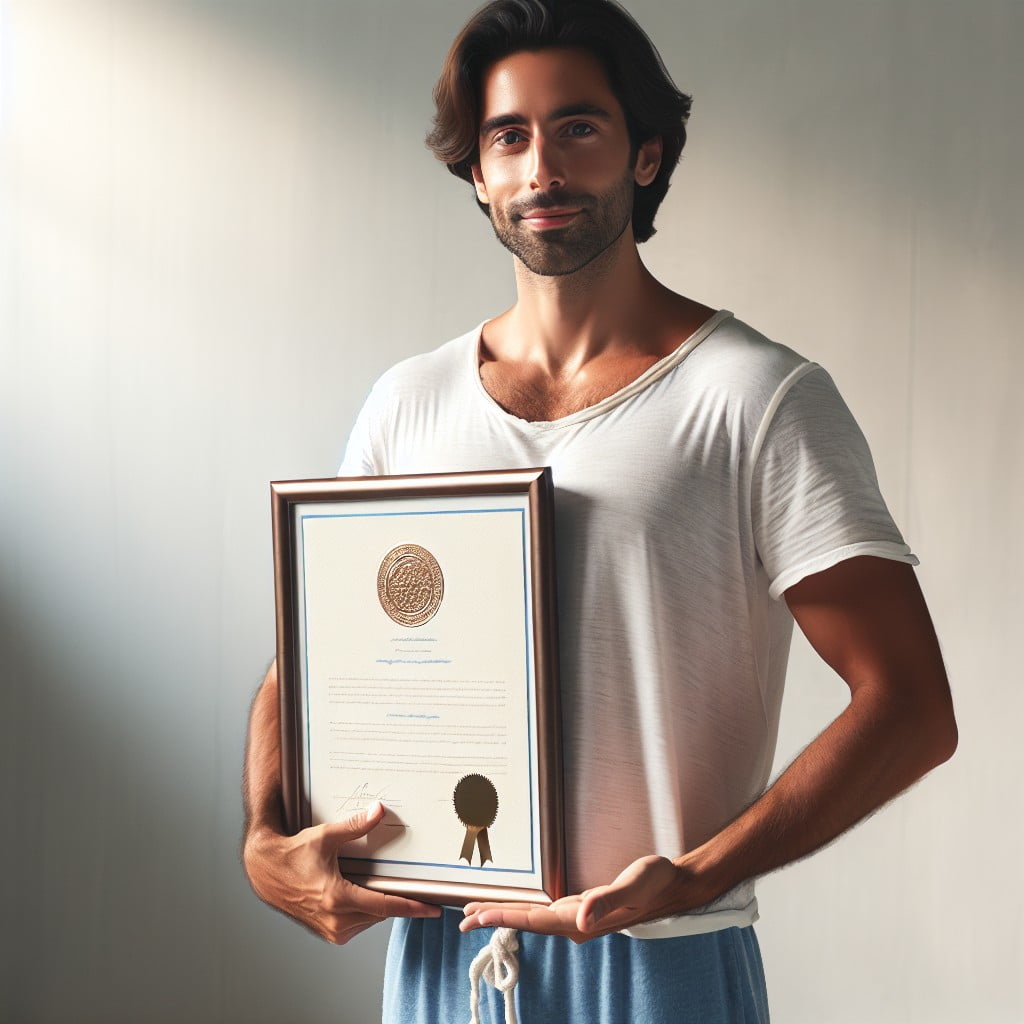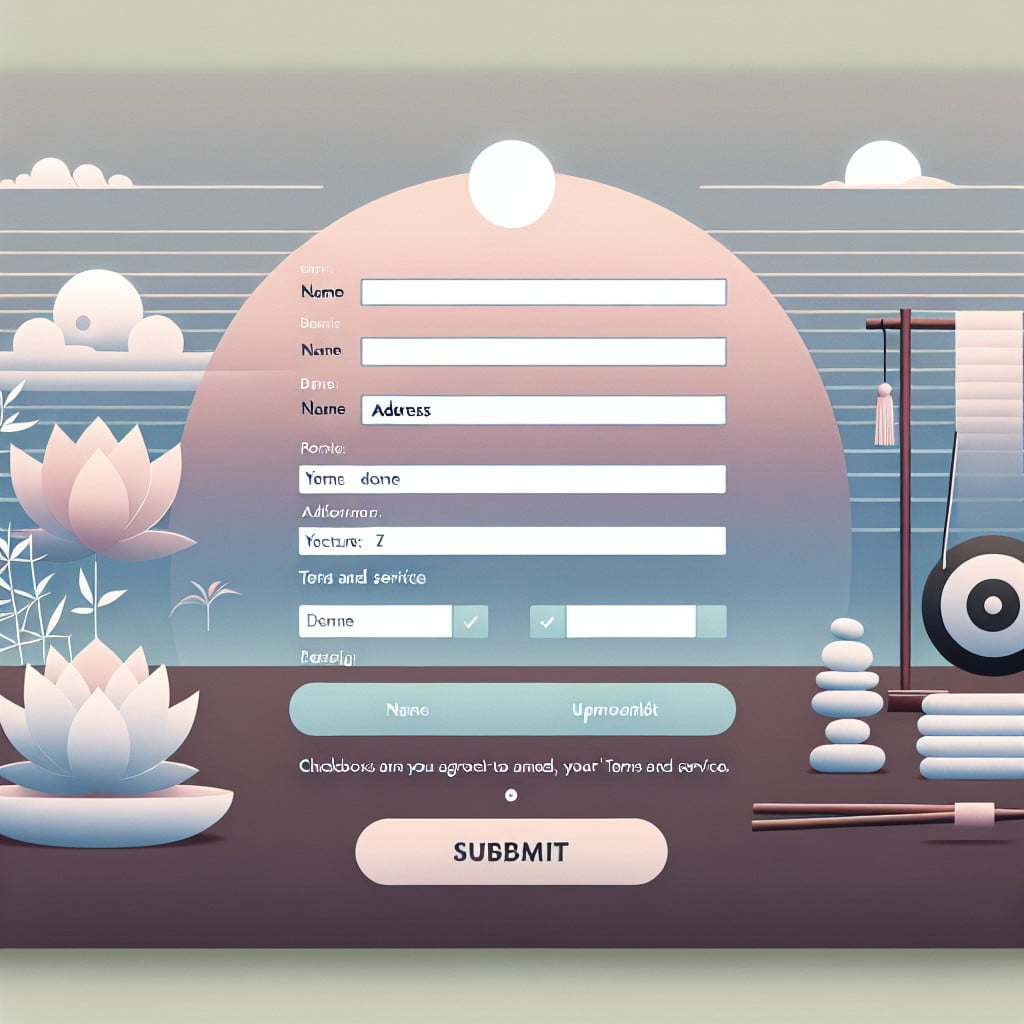Explore the importance of certification in teaching meditation because it not only enhances credibility but also equips you with the right knowledge and skills to guide others on their journey to inner peace.
While it’s true that anyone can guide others in meditation practices, obtaining a certification to teach meditation can enhance your credibility and deepen your understanding of this ancient practice. It’s not a legal requirement, but it’s highly recommended if you’re serious about teaching.
In this article, you’ll find comprehensive information about the process of becoming a certified meditation teacher, the benefits it offers, and some of the best programs available. Stick around to explore the fascinating journey of turning your passion for meditation into a rewarding teaching career.
Key takeaways:
- Certification enhances credibility and validates your meditation teaching skills.
- Certification helps maintain standards and upholds modality in meditation instruction.
- Certified meditation instructors often receive more trust and acceptance from students.
- Many organizations and wellness centers prefer or even require certification.
- Obtaining certification deepens personal meditation practice and promotes growth.
Understanding the Importance of Meditation Instructor Certification

Certification bequeaths a formal recognition of one’s proficiency in a specific discipline, meditation being no different. The certification is not only a confirmation of your in-depth understanding but also reflects your capability to guide others through their meditation journey.
Here are a few points that shed light on its importance:
- Validity: A certificate makes your teaching more valid to your students. It exhibits your commitment and dedication to the art of meditation.
- Upholding Standards: Certification helps maintain modality standards. As an accredited meditation instructor, you’re expected to uphold and propagate these standards in your teachings.
- Professional Development: The certification process includes comprehensive training that strengthens your foundation and further enhances your spiritual growth.
- Trust: Certified instructors often receive greater acceptance and trust from their students as they feel reassured about their credentials.
Remember, a conscious understanding of mindfulness goes a long way in cultivating the art of meditation, but a formal certification helps establish yourself as an authority in the field.
Exploring the Need for Certification to Teach Meditation

Consider the widespread practice of meditation worldwide. Now, while anyone can benefit from personal meditation practices, teaching this timeless skill is a different subject entirely. It involves guiding others, helping them understand the nuances of mindfulness, and being able to address their unique mental and emotional needs effectively. Hence, a comprehensive understanding of meditative principles is crucial. That’s where certification comes in.
1. Credibility: Certification lends credibility to a meditation teacher. It assures students that their coach has received formal training and possesses the requisite knowledge to guide them effectively.
2. Standardization: A certification provides a standard framework within which meditation techniques are taught, ensuring consistency and quality in instruction.
3. Professional Opportunities: Many organizations, wellness centers, or yoga studios prefer or even mandate their meditation instructors to have formal certification.
4. Legal Protection: For legal protections, especially in regions where this is required by law, having certification can protect you as a meditation teacher.
5. Personal Growth: Undergoing the certification process also allows for the deepening of one’s personal meditation practice and understanding of mindfulness principles.
Just like a health professional needs qualifications, a meditation teacher too, in many contexts, benefits from certification. It helps build trust, maintain standards, open up opportunities, provide legal cover, and ultimately, contribute to personal growth.
Grasping the Process of Obtaining Meditation Instructor Certification

To become a certified meditation instructor, one generally follows a series of steps. Initially, one must comprehend and practice meditation. Experience as a regular practitioner is fundamental to understanding the subtleties of the discipline.
Next, it’s important to participate in formal training. Multiple institutions offer comprehensive courses – both online and in-person – that delve deeply into meditation theory and practice. These often explore different meditation techniques from various cultures and traditions.
A notable part of the training then typically involves supervised teaching, where you gain hands-on experience under the guidance of an experienced instructor.
Subsequently, participants often need to take a qualifying exam. The complexity of exams might vary, but they usually evaluate your knowledge and teaching skills.
Finally, after successful completion of the exam, you receive your certification. Some training programs also provide assistance in starting your teaching practice.
Remember, becoming a meditation instructor is a journey of personal and professional growth, where learning continues even beyond certification.
Understanding the Online Application for Meditation Instructor Certification

The digital landscape has transformed the way we apply for teaching credentials in various disciplines, including meditation instruction. An online application usually comes as the initial step before the certification process commences. This involves filling out necessary personal and professional information.
First, ensure to provide accurate and honest personal information such as your full name, contact details, and residential address, if requested.
Next, the application will typically ask for your professional background. Disclose your prior experience in meditation, including the number of years you have been practicing, the styles you are familiar with, and any previous teaching experience in the field.
Uploading copies of certain credentials might be needed too, such as any diplomas or certificates you’ve earned from meditation programs or relevant degrees.
Moreover, an outline of your reasons for pursuing certification or your teaching philosophy might also be requested. This offers the certifying body insight into your motivations and alignment with their organizational values.
Take note that each certifying body has a different set of requirements and application procedures. Be sure to thoroughly review and fulfill these to ensure a smooth certification journey.
Assessing the Cost and Timeline for Meditation Instructor Certification
Mastering the art of meditation instruction often goes hand in hand with a financial investment. Typically, the cost of a comprehensive certification program can vary significantly based on the depth of the training and recognized value of the certificate. Ranging from $200 for basic online courses to over $3000 for in-depth, hands-on training provided by renowned institutions worldwide, the investment should consider your personal goals and aspirations as a meditation instructor.
While cost is a crucial factor, timeline is equally important. The duration of your meditation training can span from several weeks to over a year, depending upon the program’s intensity and your availability. Some courses may require a dedicated study period of around 10 hours a week, whilst others are self-paced, allowing you to flip through the curriculum at your convenience.
Remember, expediency should not compromise depth and understanding: comprehending core philosophies and tenets of meditation and properly learning to impart this knowledge demands time. Whether you opt for a cost-effective, online platform, or you invest in a high-end, classroom-based course – the balance between affordability, flexibility and quality is key.
Knowing the Process of Re-Certification for Meditation Instructors
Once the initial certification is obtained, mindful practitioners enter the continuous journey of maintaining their instructor’s status. Generally, this involves completing specific professional development activities or earning pre-determined continuing education units (CEUs). Many certification organizations require these CEUs to be relevant to the practice of meditation instruction. Some may allow a portion of the units to be non-specific, such as general wellness or health education.
Many training organizations provide access to online and offline courses, workshops, and seminars to help instructors meet their re-certification requirements. Sometimes, compiling certain teaching hours might also count towards re-certification.
It’s essential to refer to the original certifying body’s website or re-certification guide for definitive information about the required CEUs or other re-certification criteria. It also helps to approach their support teams with any specific queries or predicaments. There is usually a timeline to finish these requirements, often between 1-3 years, depending on the institute.
Also, re-certification, much like the original certification, might require an application process and fee, which may vary depending on the certifying organization. Again, clarity on these aspects can be best sought directly from the certifying institutions.
Lastly, storing proof of completion of any professional development activities is essential as these documents may be requested during the re-certification process. On successful completion of the requirements, meditation instructors can then renew their certification, validating their ongoing commitment to their practice and profession.
Appreciating the Advantages of Becoming a Certified Meditation Instructor
Becoming a certified meditation instructor offers a credible validation of your skills, enabling you to provide robust meditation training to your students. This validation enhances your reputation within the mindfulness community, broadening your reach and potential client base. It also establishes a level of trust with those seeking to learn meditation, as they can be confident in the quality and accuracy of the instruction they will receive.
Moreover, the certification program provides comprehensive training, ensuring that you have a thorough understanding of different meditation techniques, philosophies, and teaching methodologies. This knowledge equips you to tailor your teaching approach to individual student needs, enhancing their learning experience, and promoting their success.
Another advantage is that as a certified meditation instructor, you have the opportunity to join professional organizations that support ongoing education, networking, and access to the latest research in meditation and mindfulness. These benefits contribute to your growth and excellence as a meditation instructor.
Finally, the process of certification can deepen your personal meditation practice. As you immerse yourself in learning, your understanding of meditation philosophy and techniques will expand, enriching your own practice and strengthening your ability to guide others on their meditation journey.
FAQ
What do I need to become a meditation teacher?
To become a meditation teacher, one must complete a meditation teacher training program, create a website or blog for sharing teachings, and promote those teachings through social media and online channels.
Can you make a living teaching meditation?
Indeed, it's possible to earn a substantial income from teaching meditation, but it largely depends on the strength of your personal brand, multitudinous income streams, and well-established relationships within the community over time.
Is there a demand for meditation teachers?
Yes, there is a high demand for meditation teachers due to the growing interest in mindfulness practices.
What is a meditation teacher called?
A meditation teacher is referred to as a meditation trainer or a spiritual guide.
What qualifications do established meditation institutes look for in a teacher?
Established meditation institutes commonly look for qualifications such as certification from a recognized meditation or mindfulness training program, deeply rooted personal meditation practice, and experience in teaching meditation or mindfulness.
What significant role does personal meditation practice play in becoming a successful teacher?
Personal meditation practice plays a significant role in becoming a successful teacher as it boosts mental clarity, enhances communication skills, promotes patience and empathy, and improves the ability to handle stress.
How can meditation teacher training enhance an individual's understanding and delivery of mindfulness techniques?
Meditation teacher training can enhance an individual's understanding and delivery of mindfulness techniques by providing professional insights into the principles of mindfulness, how to effectively communicate these techniques, and how to adapt them to cater to the unique needs of diverse audiences.